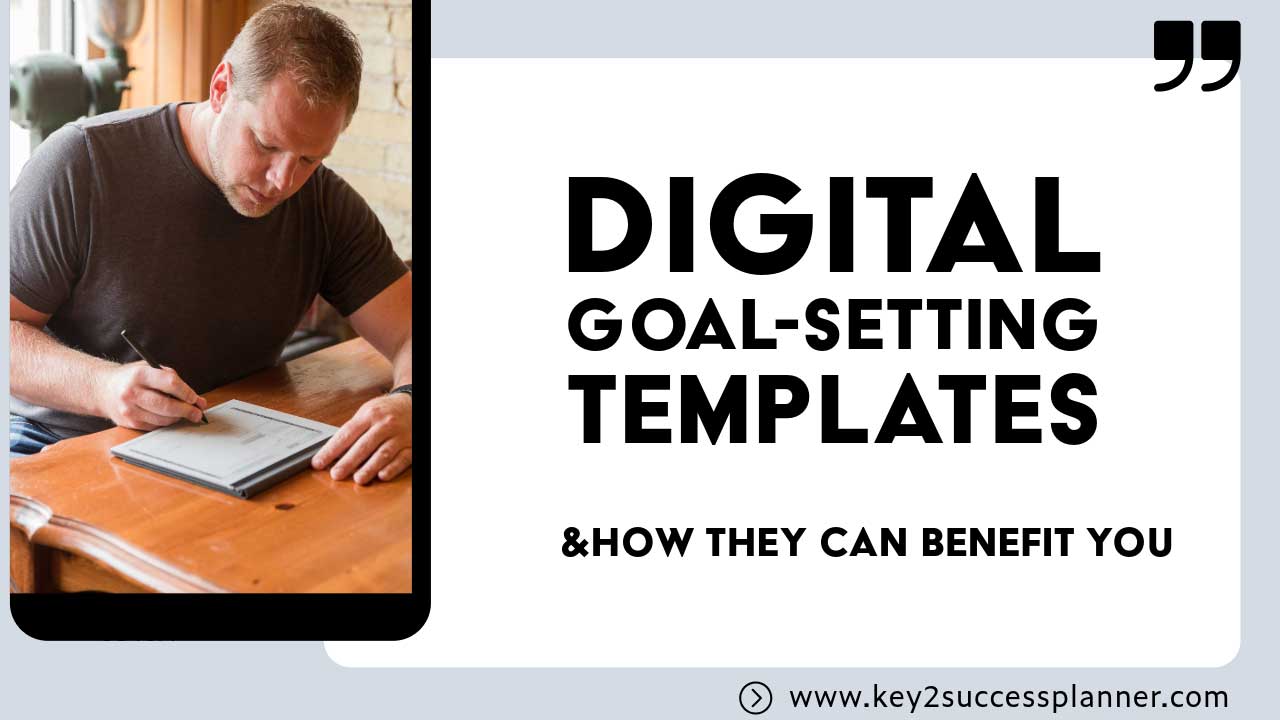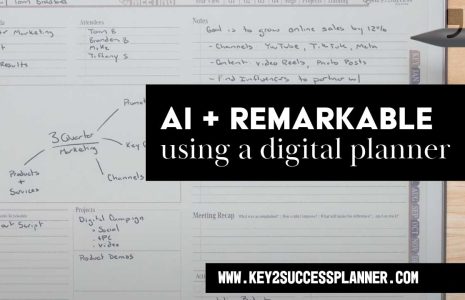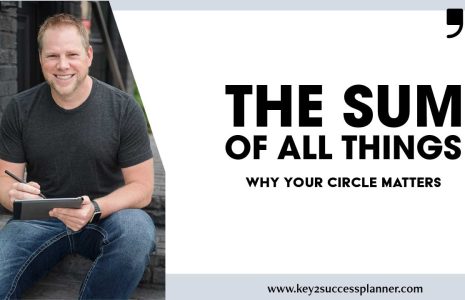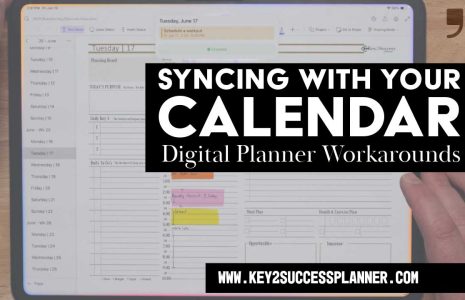Goal Setting Templates
Setting goals doesn’t have to be stressful! With a goal setting template, you can be guided through the process. Let’s take a closer look at some goal-related techniques! We’ll cover:
- What is a goal?
- What is the purpose of a goal?
- Examples of goals
- Key2Success Goal Setting Template
- How to set goals
- Popular Goal Setting Models
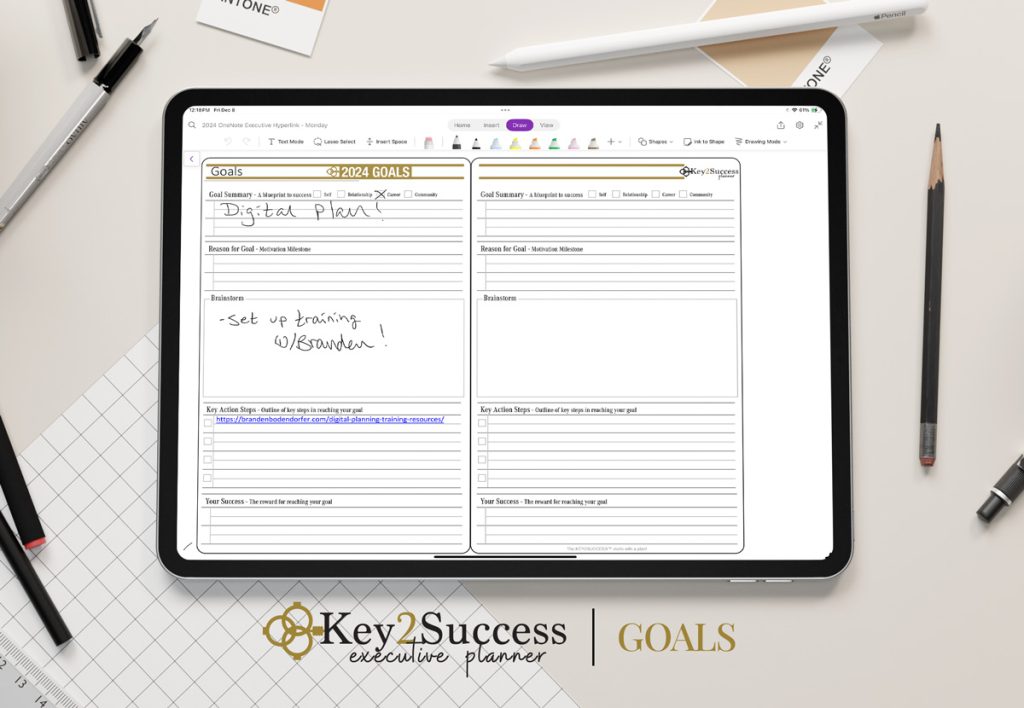
Goals 101
A goal is a specific, measurable, and time-bound outcome that a person or organization aims to achieve. Goals provide direction, focus, and a sense of purpose, helping to motivate and guide actions and decisions. They can be short-term or long-term, personal or professional, and can encompass various aspects of life, such as career, education, health, finance, and personal development.
Characteristics of a Goal
- Specific: Clearly defined and unambiguous, detailing what is to be achieved.
- Measurable: Quantifiable, so progress and success can be tracked.
- Achievable: Realistic and attainable within available resources and constraints.
- Relevant: Aligned with broader objectives and meaningful to the individual or organization.
- Time-bound: Set within a specific timeframe, including a start and end date.
Examples of Goals
- Personal Goal: Lose 10 pounds in three months by exercising three times a week and following a balanced diet.
- Professional Goal: Get promoted to a managerial position within two years by completing relevant training and exceeding performance targets.
- Academic Goal: Achieve a GPA of 3.8 or higher by the end of the semester through consistent studying and completing all assignments on time.
- Financial Goal: Save $5,000 for an emergency fund within a year by cutting down on non-essential expenses and increasing income.
Purpose of Goals
- Motivation: Goals provide motivation and a reason to push forward, even when faced with challenges.
- Focus: They help individuals and organizations concentrate their efforts on what matters most.
- Accountability: Setting goals allows for self-monitoring and accountability, ensuring that efforts are aligned with desired outcomes.
- Measurement: Goals provide a benchmark for measuring progress and success, allowing for adjustments and improvements along the way.
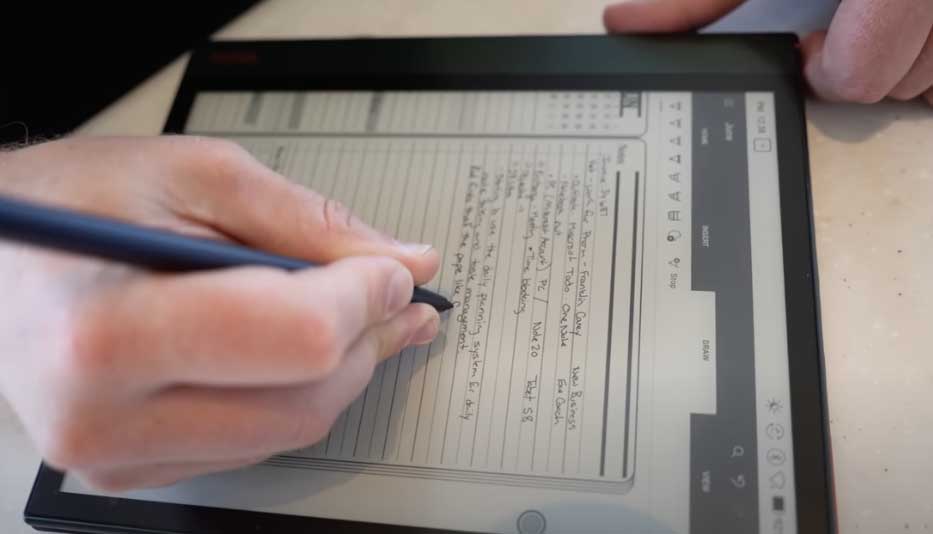
Key2Success Goal Setting Template
The Key2Success Digital Planner is a versatile tool designed to help individuals and professionals set, track, and achieve their goals effectively. Here’s how it can assist:
- Goal Templates: Offers structured templates to clearly define and articulate your goals.
- Tracking Tools: Includes features like progress charts, checklists, and reminders to help you monitor and stay on track with your goals.
- Customization: Allows you to tailor your planner to fit your specific goal-setting needs and preferences.
- Integration: Works with popular apps like OneNote, GoodNotes, and other PDF annotation tools, ensuring you can use it on your preferred device.
- Support: Provides access to one-on-one training and customer support to maximize the effectiveness of your goal-setting and planning process.
By using the Key2Success Digital Planner, you can ensure that your goals are well-defined, regularly reviewed, and consistently worked towards, increasing your chances of achieving them successfully.
Goal Setting Models
When setting goals, different models can provide unique frameworks and perspectives, ensuring that your objectives are well-defined, achievable, and aligned with your broader aspirations. Here are some other popular goal-setting models:
1. OKRs (Objectives and Key Results)
Description: OKRs is a framework for defining and tracking objectives and their outcomes. It’s widely used in organizations to align individual and team goals with the company’s mission.
- Objective: A significant, clearly defined goal.
- Key Results: Specific, measurable outcomes that track the achievement of the objective.
Example:
- Objective: Improve customer satisfaction.
- Key Results:
- Achieve a customer satisfaction score of 90% by the end of Q4.
- Reduce average response time to customer inquiries to under 24 hours.
Benefits:
- Aligns individual goals with organizational priorities.
- Focuses on measurable outcomes.
Drawbacks:
- Can be challenging to set realistic Key Results.
- May require regular adjustments.
2. HARD Goals
Description: HARD goals emphasize setting ambitious and meaningful objectives.
- Heartfelt: Goals that you’re passionate about.
- Animated: Goals that you can visualize achieving.
- Required: Goals that are necessary for your success.
- Difficult: Goals that push you beyond your comfort zone.
Example:
- Heartfelt: Running a marathon because you’re passionate about health.
- Animated: Visualizing crossing the finish line.
- Required: Necessary for completing a fitness challenge.
- Difficult: Requires rigorous training and commitment.
Benefits:
- Motivates through emotional and personal connection.
- Encourages challenging goals.
Drawbacks:
- May be too ambitious and lead to burnout.
- Requires strong personal commitment.
3. WOOP (Wish, Outcome, Obstacle, Plan)
Description: WOOP is a mental strategy to find and fulfill your wishes and change your habits.
- Wish: What you want to achieve.
- Outcome: The best result that comes from achieving the wish.
- Obstacle: The main internal obstacle that stands in the way.
- Plan: The action plan to overcome the obstacle.
Example:
- Wish: To complete a project on time.
- Outcome: Feeling accomplished and less stressed.
- Obstacle: Procrastination.
- Plan: Schedule dedicated time blocks and remove distractions.
Benefits:
- Encourages proactive problem-solving.
- Integrates both visualization and planning.
Drawbacks:
- Requires introspection and honesty about obstacles.
- May oversimplify complex goals.
4. Backward Goal Setting
Description: This model involves starting with the end goal and working backward to determine the steps needed to achieve it.
- End Goal: Define the final objective.
- Milestones: Identify major milestones along the way.
- Steps: Break down each milestone into actionable steps.
Example:
- End Goal: Launch a new product.
- Milestones: Complete market research, finalize product design, start production, launch marketing campaign.
- Steps: Detailed steps for each milestone, such as conducting surveys, prototyping, etc.
Benefits:
- Provides a clear roadmap from end to start.
- Ensures all necessary steps are considered.
Drawbacks:
- Can be time-consuming to plan backward.
- May require frequent adjustments as new information arises.
5. SMARTER Goals
Description: An extension of SMART goals, adding two additional criteria.
- Specific, Measurable, Achievable, Relevant, Time-bound.
- Evaluate: Regularly review progress.
- Readjust: Make necessary changes to stay on track.
Example:
- SMARTER Goal: Increase website traffic by 30% in six months by publishing weekly blog posts and promoting on social media.
- Evaluate: Monthly review of traffic analytics.
- Readjust: Adjust content strategy based on performance.
Benefits:
- Encourages regular assessment and flexibility.
- Adapts to changes and new information.
Drawbacks:
- Requires discipline for regular evaluations.
- May lead to frequent goal adjustments, causing potential instability.
6. CLEAR Goals
Description: A goal-setting model designed for dynamic, fast-paced environments.
- Collaborative: Goals should encourage teamwork.
- Limited: Goals should be limited in scope and duration.
- Emotional: Goals should tap into emotions to drive engagement.
- Appreciable: Goals should be broken down into smaller tasks.
- Refinable: Goals should be adaptable and flexible.
Example:
- Collaborative: Team goal to develop a new app feature.
- Limited: Complete the feature in one month.
- Emotional: Enhances user experience, a shared passion for the team.
- Appreciable: Break down the development into design, coding, and testing.
- Refinable: Adjust based on user feedback during the process.
Benefits:
- Adaptable to changing circumstances.
- Encourages teamwork and emotional investment.
Drawbacks:
- Can be too flexible, leading to scope creep.
- Requires strong team collaboration and communication.
How Key2Success Digital Planner Can Help with These Models
The Key2Success Digital Planner supports various goal-setting models by offering flexible templates, customizable layouts, and robust tracking features. Here’s how it can assist:
- Templates and Sections: Provides dedicated templates for setting SMART, OKRs, WOOP, and other goals.
- Progress Tracking: Visual tools like charts and checklists to monitor progress and milestones.
- Customization: Ability to tailor your planner to fit the chosen goal-setting model.
- Integration: Works with OneNote, GoodNotes, and other apps, ensuring you can use your preferred tools.
- Support: Offers one-on-one training and customer support to help you utilize the planner effectively.
By leveraging the Key2Success Digital Planner, you can apply the goal-setting model that best suits your needs, ensuring a structured and effective approach to achieving your objectives.


